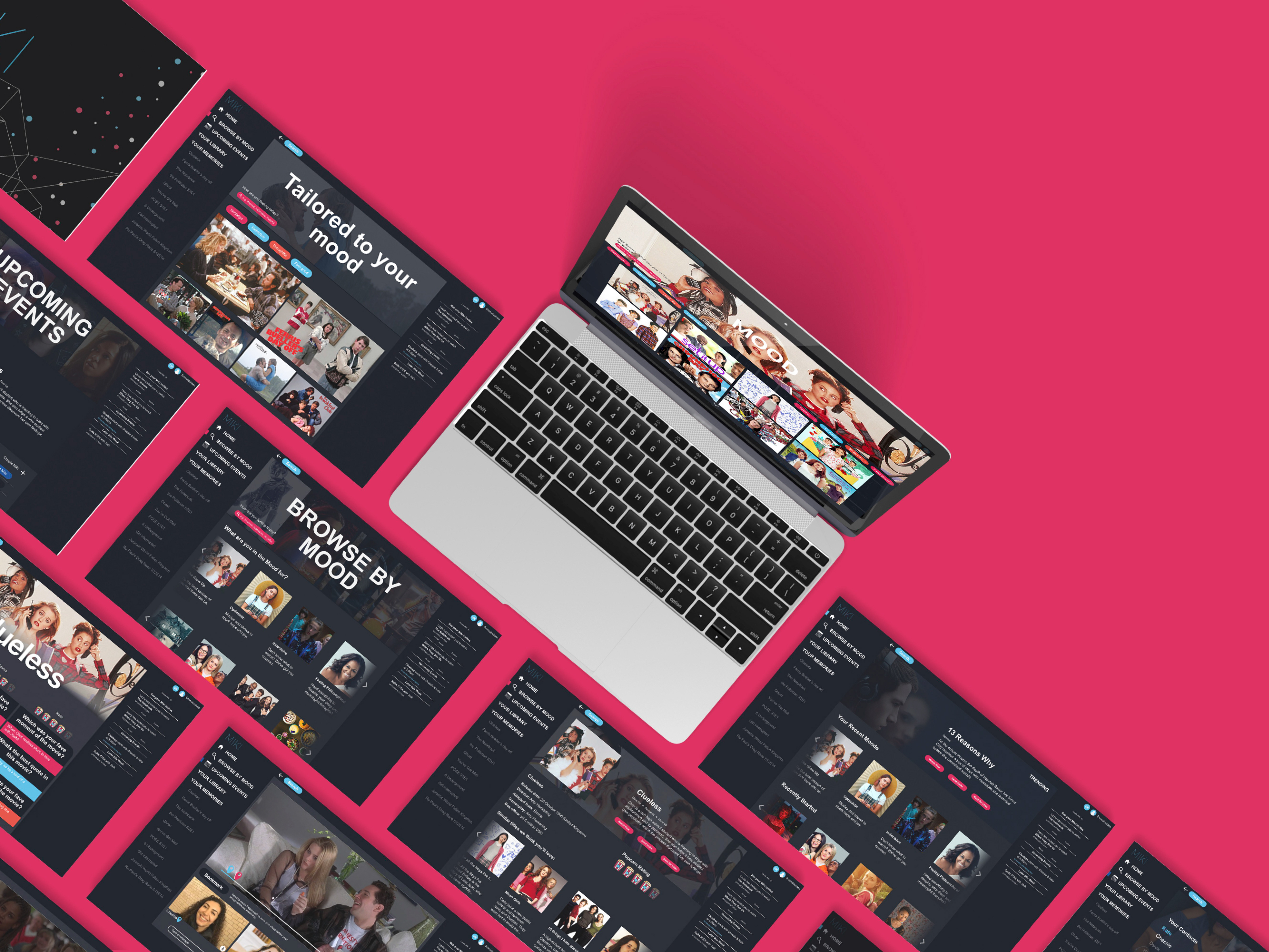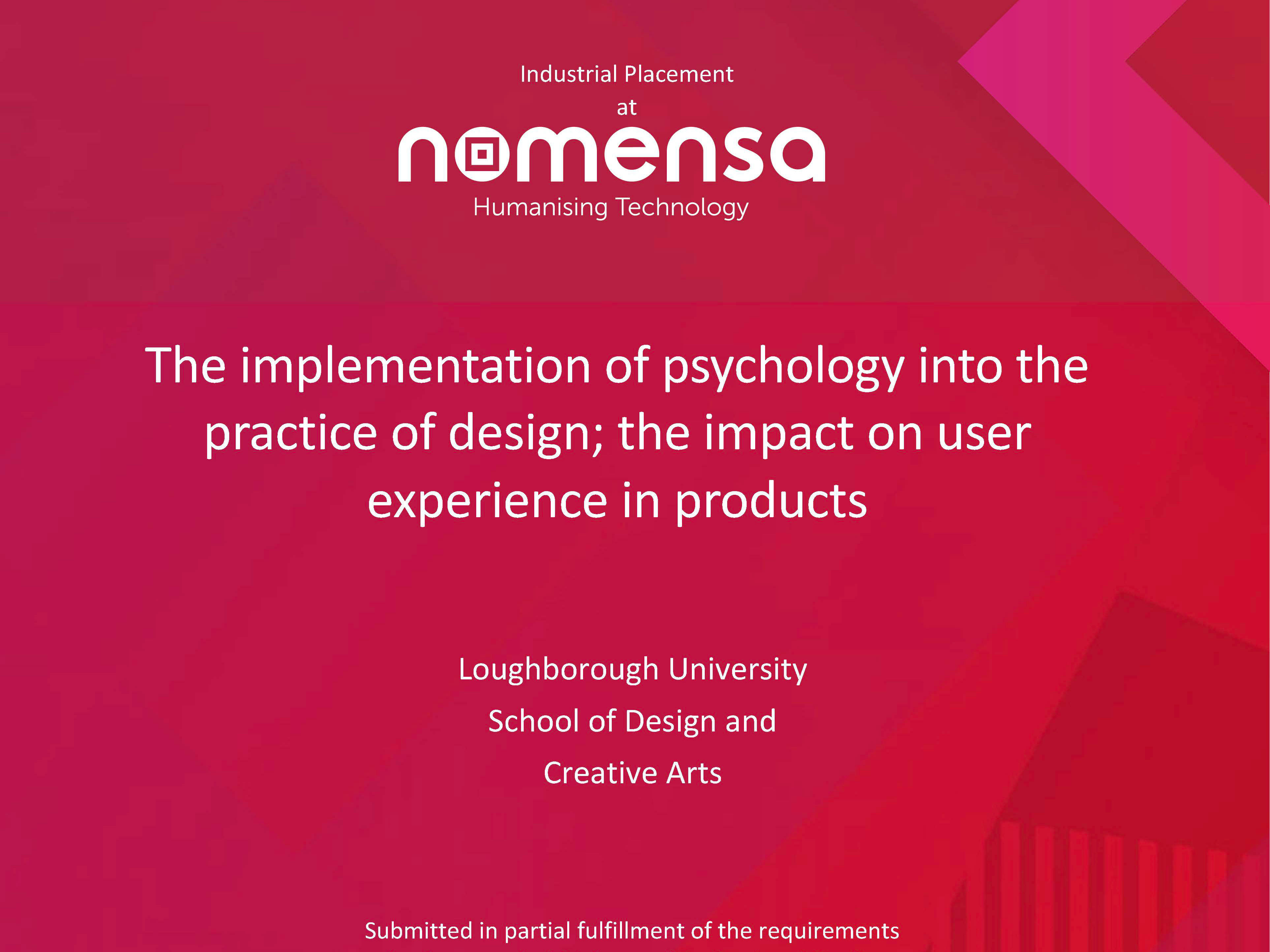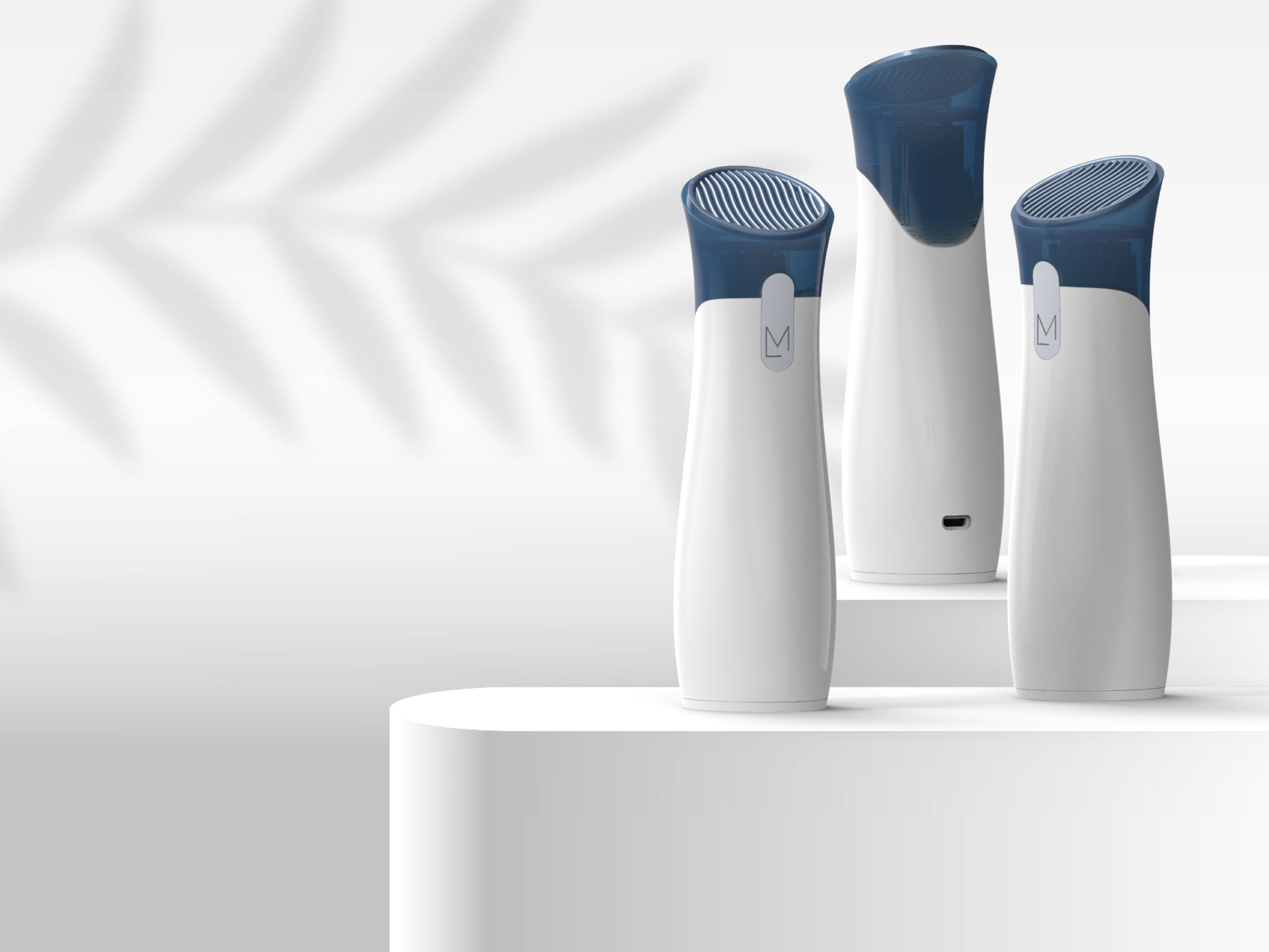Women are working more than ever, but they still take on most household responsibilities.
Brief & our identified problem
Equality is a human right. We are all entitled to live with dignity and with the freedom of self expression without fear. These rights should apply for people of all genders, sexual orientations, beliefs, ethnicities or any other individual in a minority.
Secondary research discovered that Worldwide, women carry out 75% of unpaid work. This imbalance in society leads to a psychological strain called the mental load. The consequences of this we discovered to impact mental and physical health, career progression, self-esteem.
Fig 1 - Balance Illustration
Discovery & Development Considerations
We explored both female and male perceptions of equality within the household. We received high engagement with our questionnaire that provided both data references and insight into the psyches of couples and how they cope with mental load. Our research revealed insights around frayed lines of communication, a lack of support systems, decline in mental and physical health, barriers to female ambition and societal archetypes creating subconscious bias.
We identified that we needed to create a solution that facilitated conversations in the household about equality and distribution of work in a bid to provide a support system that balanced the distribution of work around the home. In addition our solution need to acknowledge the emotional and physical impact of mental load to evoke harmony and peace in our user's households.
Development
Speculative design allowed us to explore future ideas. Whilst we acknowledged feasibility would be low, this was a unique opportunity to diversify our thinking around different potential solutions and how users communicate with each other and manage their lives in experimental scenarios. We were then able to translate these into more feasible ideas when undertaking the process of experience prototyping and developing our concept.
Digital Proposal
Our app was developed with AI in mind to learn about the user’s routines and equality around the house, to then pre-emptively setup suggesting daily task routines to remove the management responsibility from the female and tracks each persons contribution.
The contribution is then visualised through graphics and charts to convey real time measures of equality within the household. The user is able to measure this because the digital experience allows them to set goals and targets to maintain engagement keep the user focused on the overall goal of equality so that female progression can be made within the workplace.
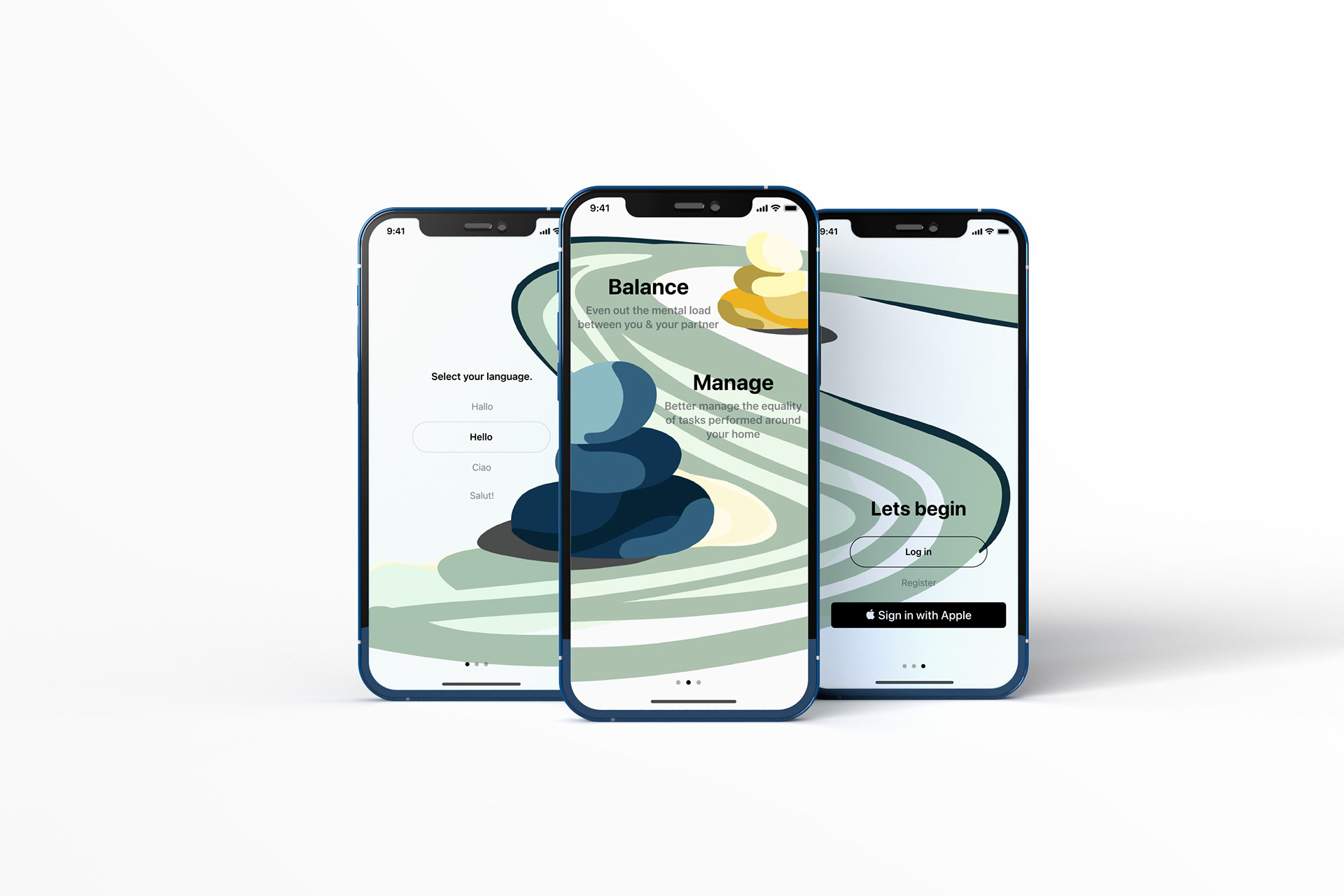
Splash Screens - Onboarding users to the app

Overview of key screens in the user's journey

Overview of user's tasks completed and to be completed
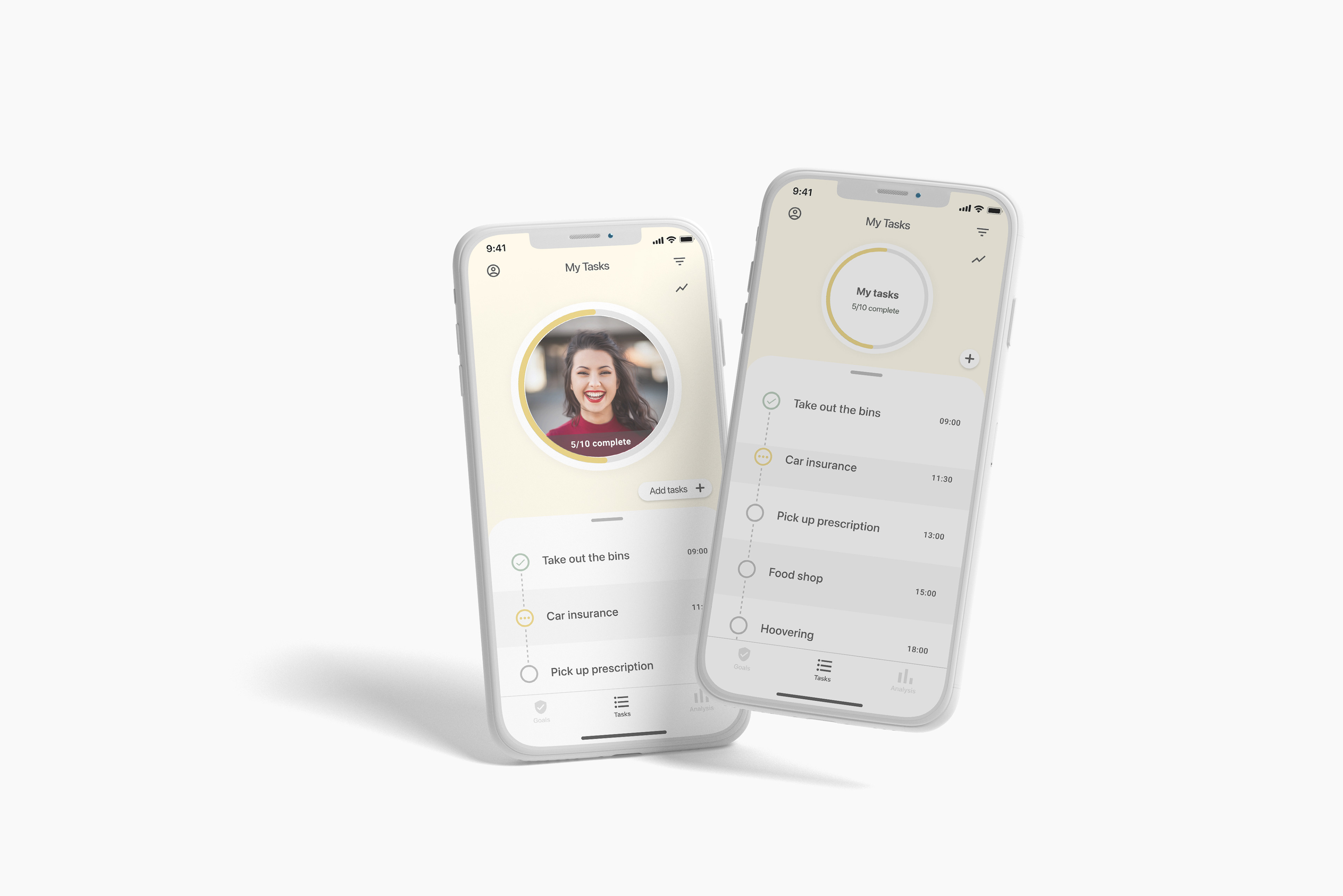
Overview of user's tasks completed and to be completed
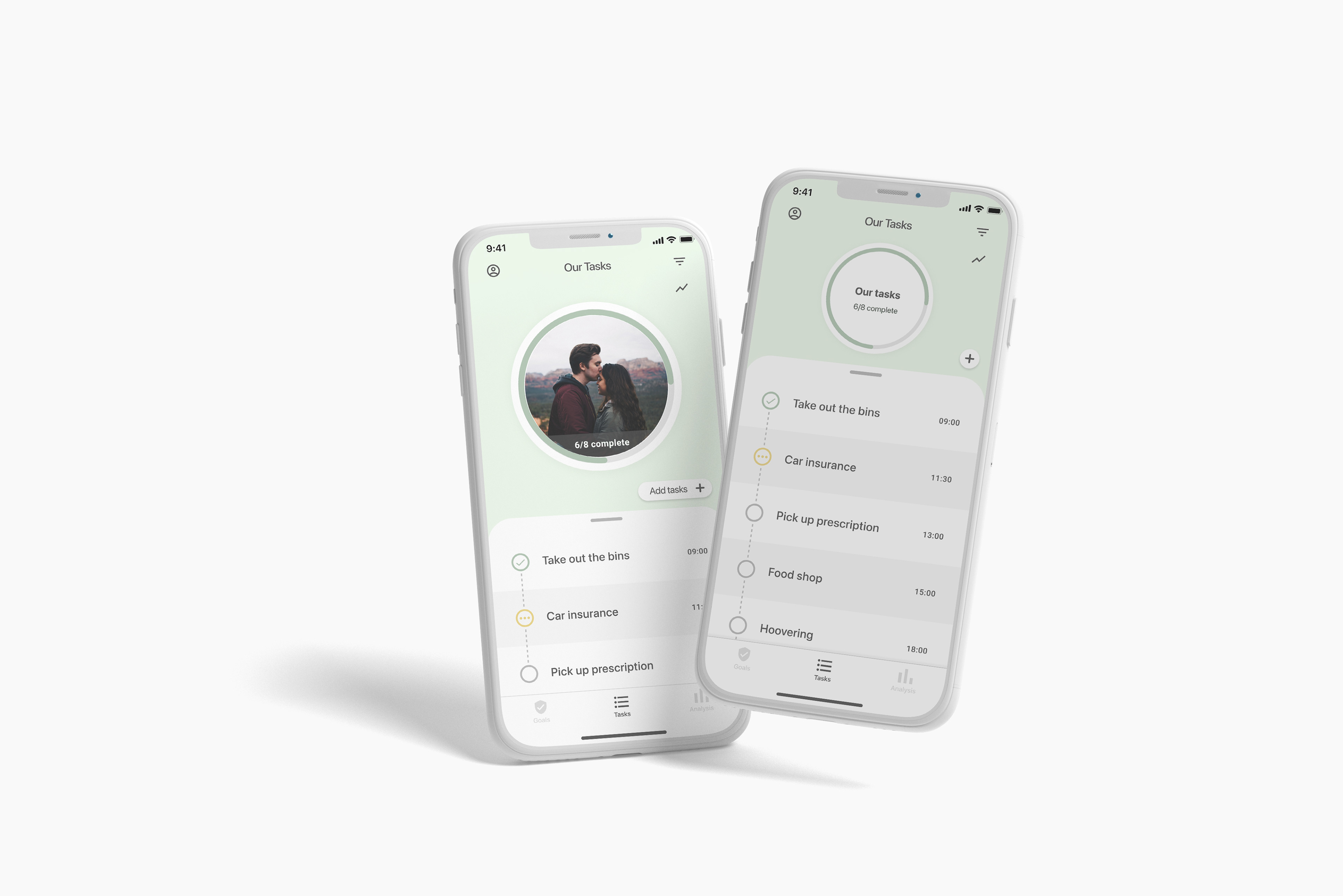
Overview of joint user's tasks completed and to be completed
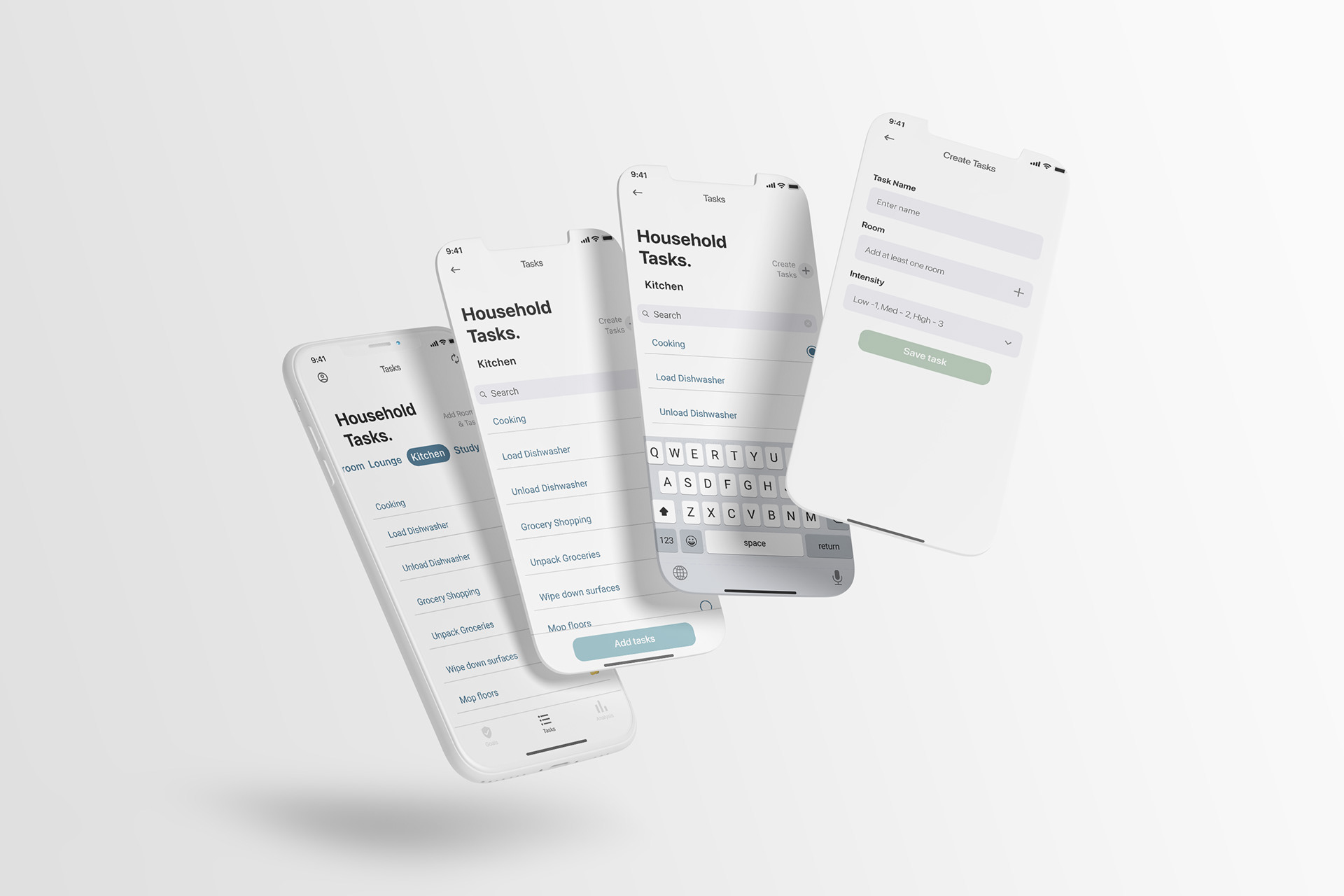
Manual data input of preloaded tasks and the journey of creating a new task.

Create Goals section, to motivate and inspire users to communicate what is important to each half of the couple. Also provides a balance tool to set equality goals but also consider equity.
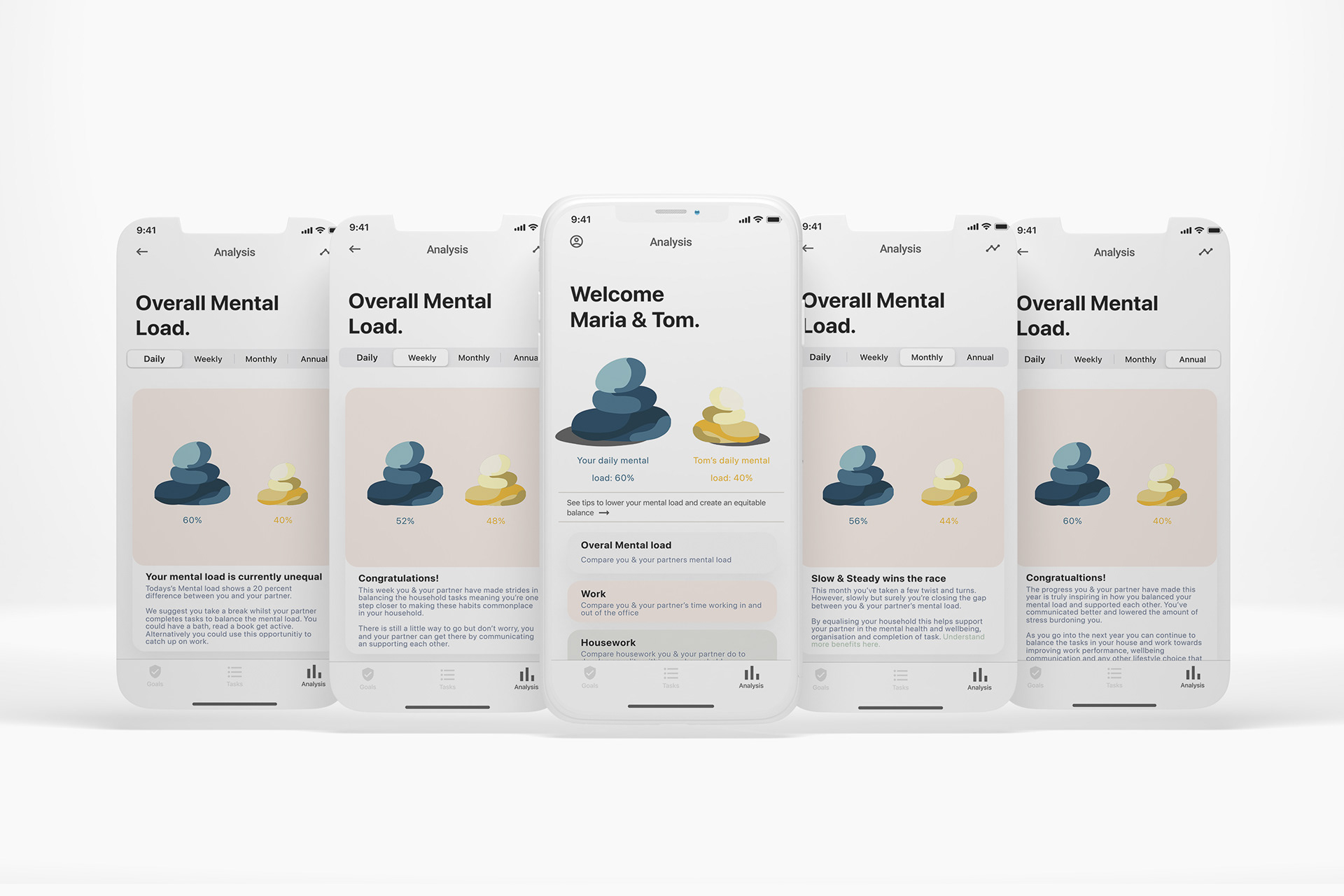
Analysis section to encourage continual growth and progress towards equality in the home.
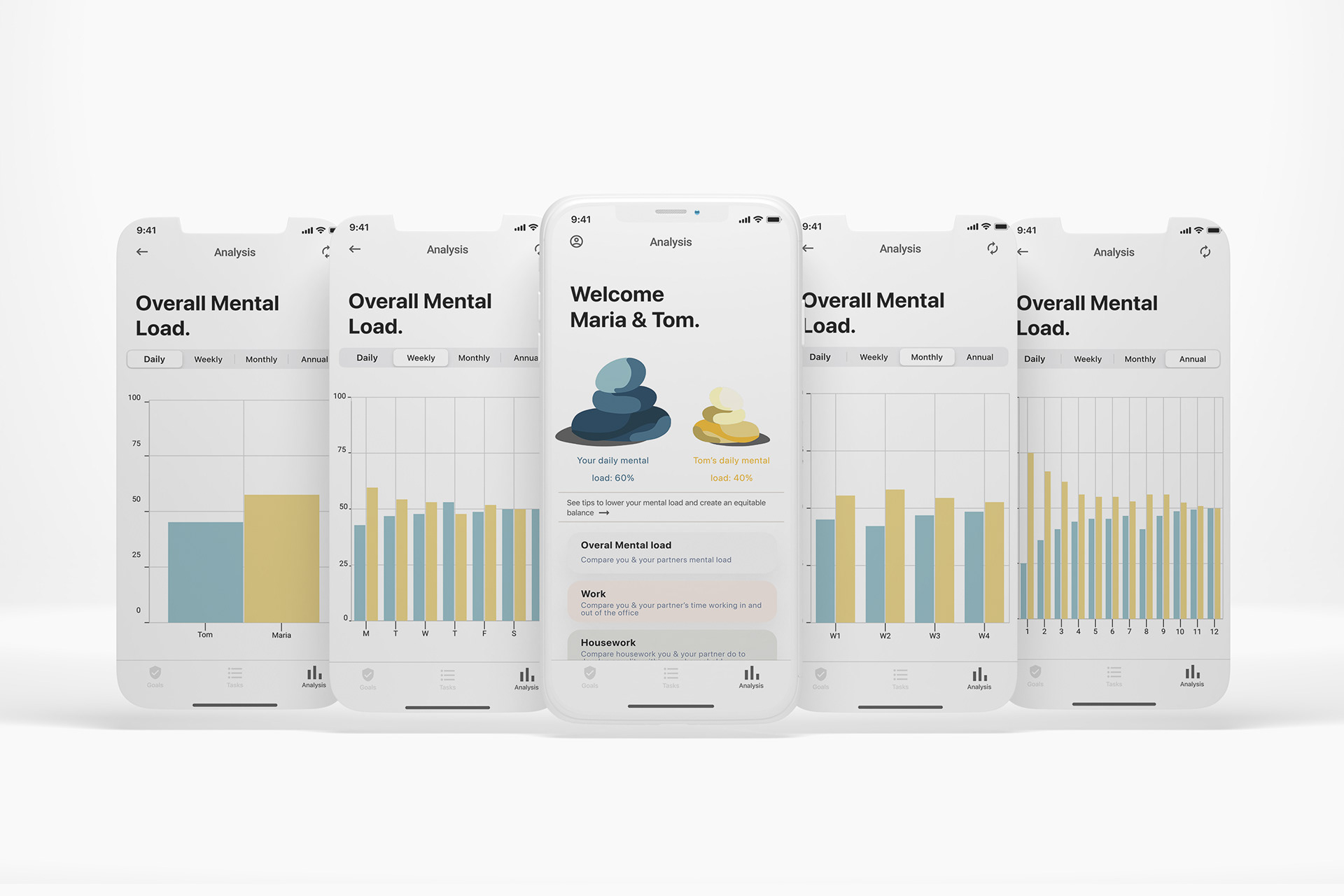
In depth visualisation of data from analysis of the user's pebbles and each person's contribution towards tasks in the home. Inspires and motivates users in visualisation of progression.

Personal profiles allow users to set preferences for task distribution

Physical product & technology settings to capture the data.
High Fidelity Prototype of our app and the combined user journey
Product & System
After the task-related data has been tracked, the tasks can be shared, via the app, between the couple.
The fingerprint scanner on the Pebble RFID Receiver is used to confirm both partners have agreed to the allotment of tasks.
The central hub serves as a docking station for the Pebble RFID receiver and as a visual representation of the imbalance of the mental load.
When imbalanced, the hub will displace and glow the user's assigned colour visualising the half of the couple is over-burdened. This is a call to action for the other user to balance the burden, causing the hub to return to its balanced state.
Visualisation of the physical product and the pebbles which house the data collection technology. If the data collected shows an imbalance then the product displaces like above.
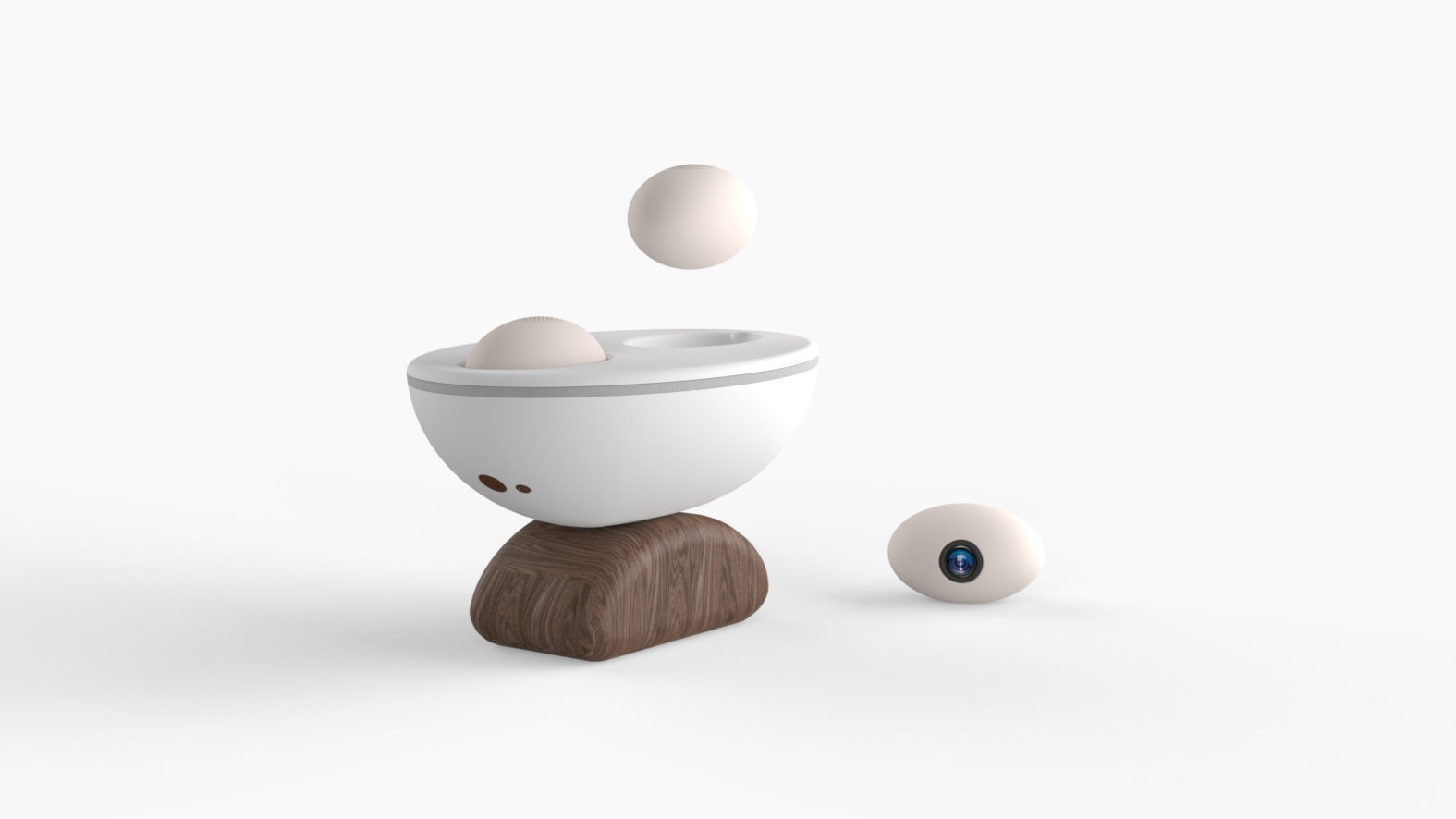
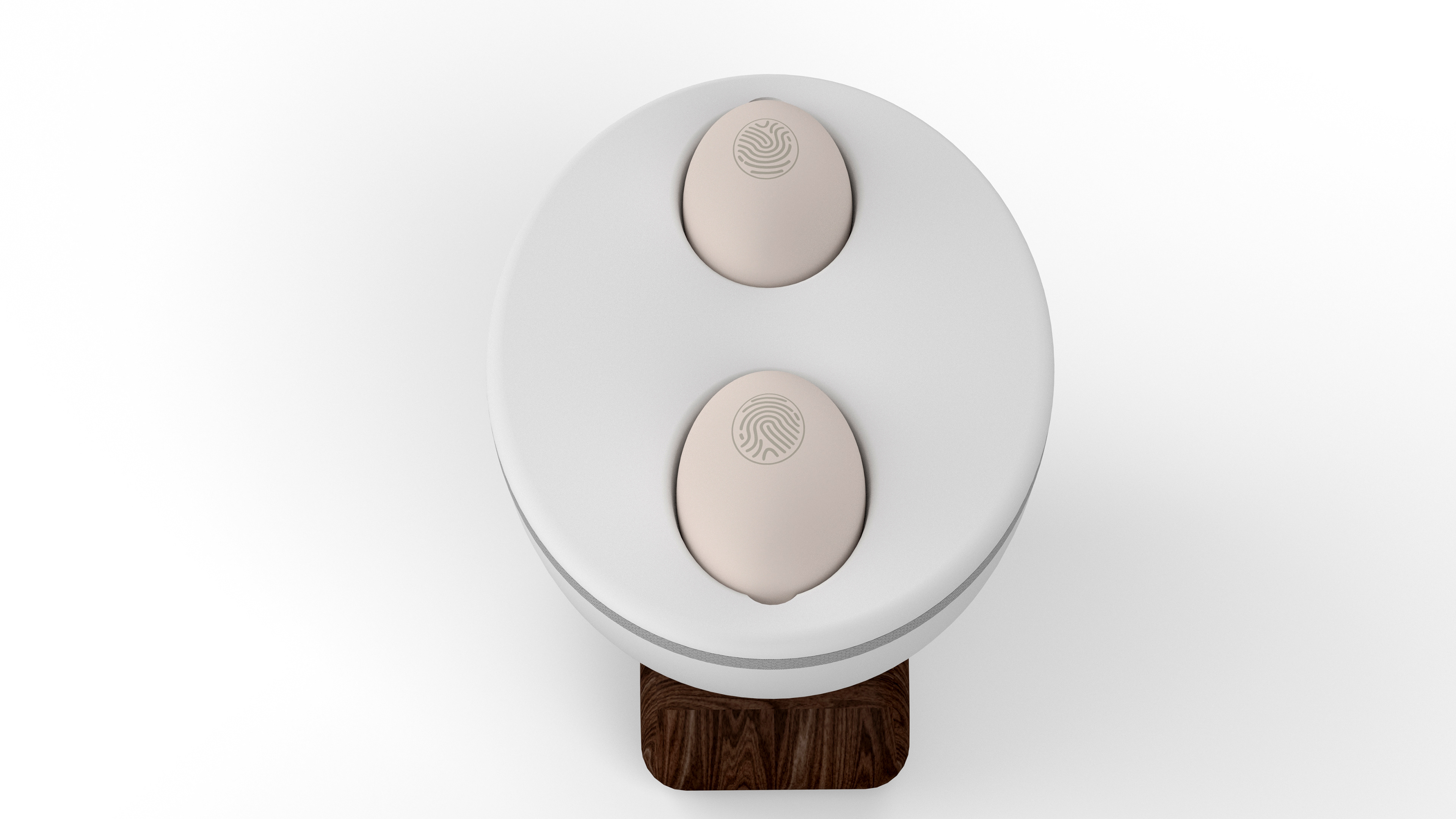
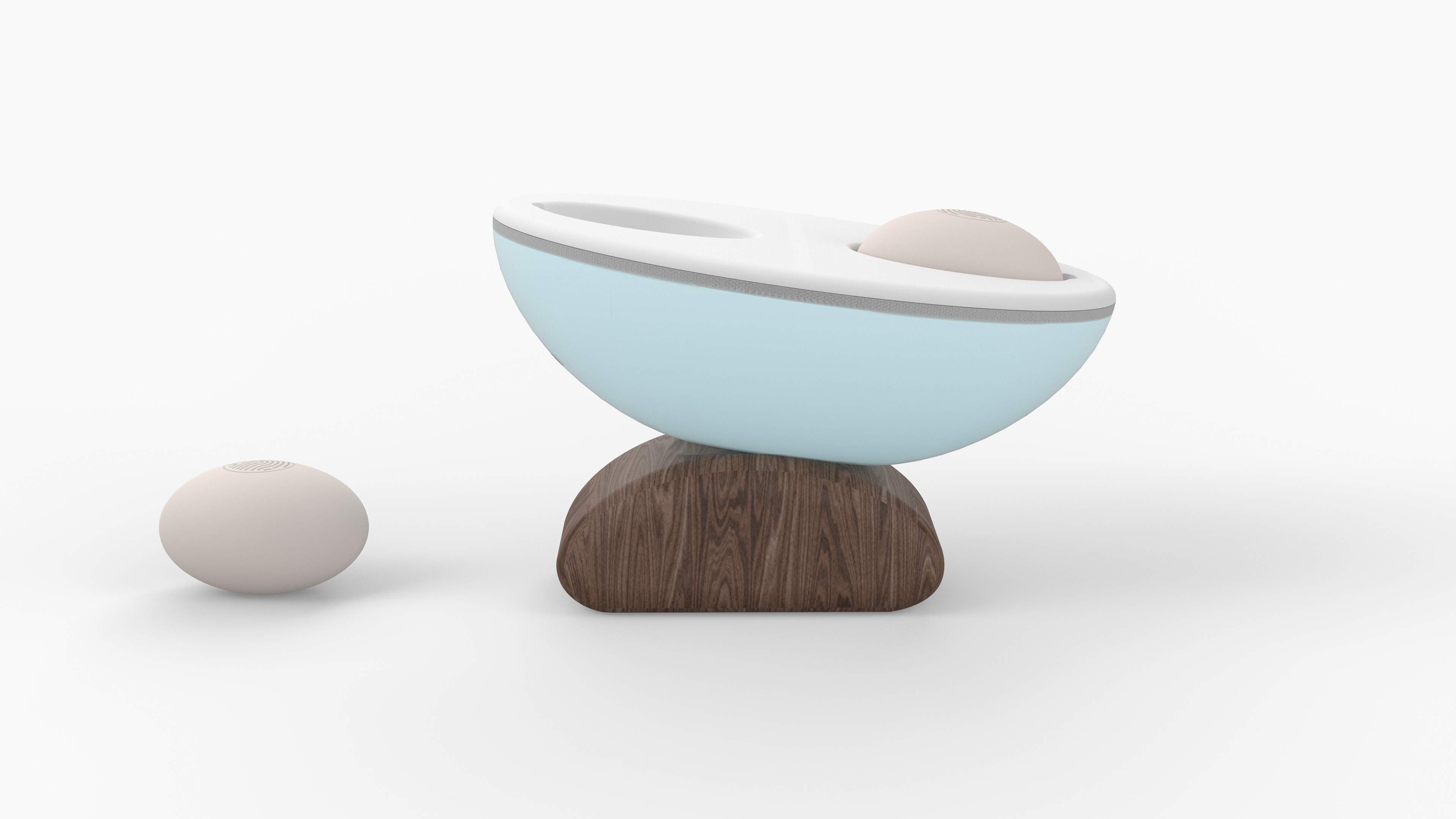
Colour Coding - Each partner has their own specific colour, if they're colour is visible, the product is communicating to the user that they aren' contributing equally.
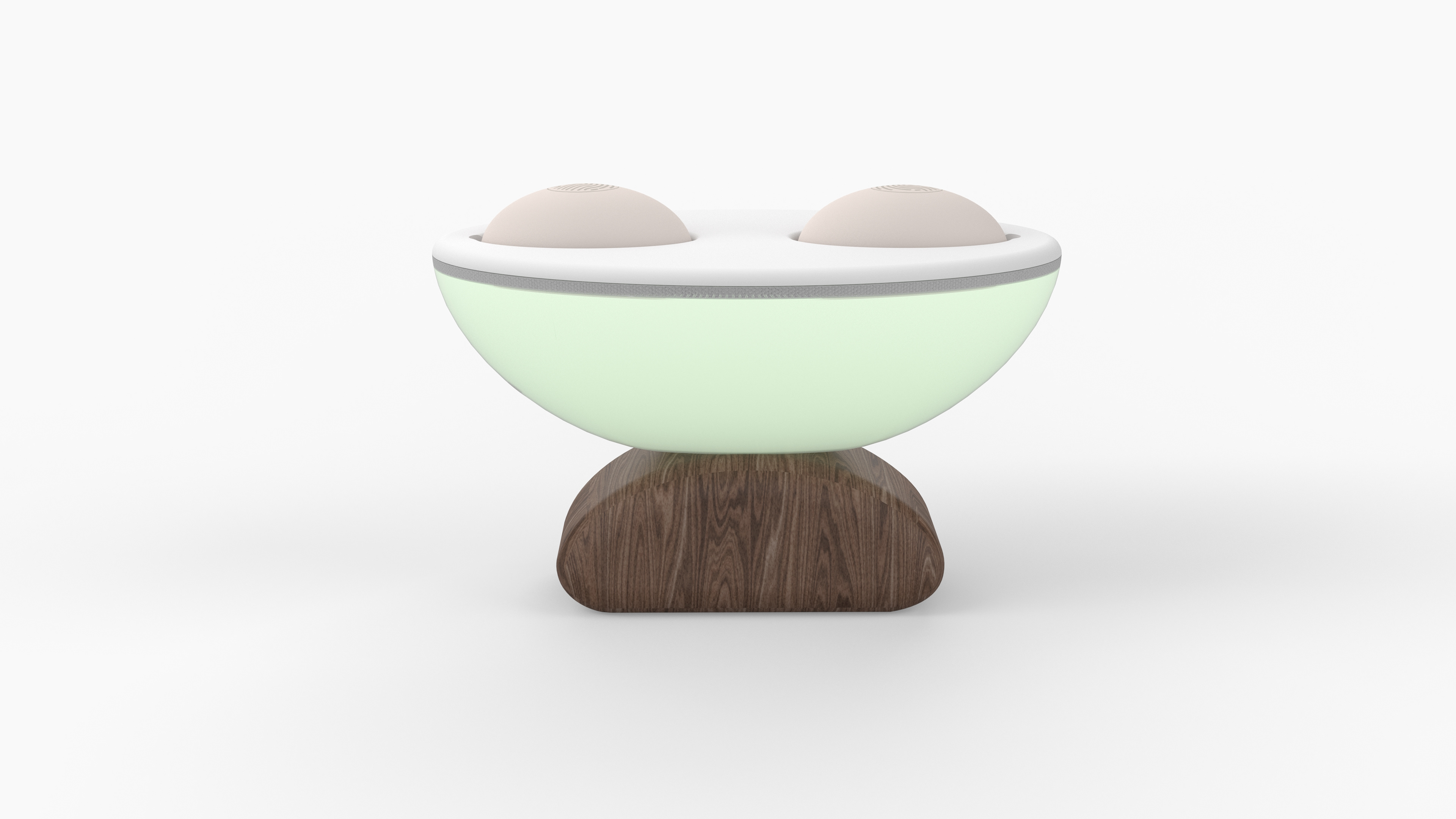
Colour coding - use of green to signify the mental load is balanced in accordance with the user's goal ratio.
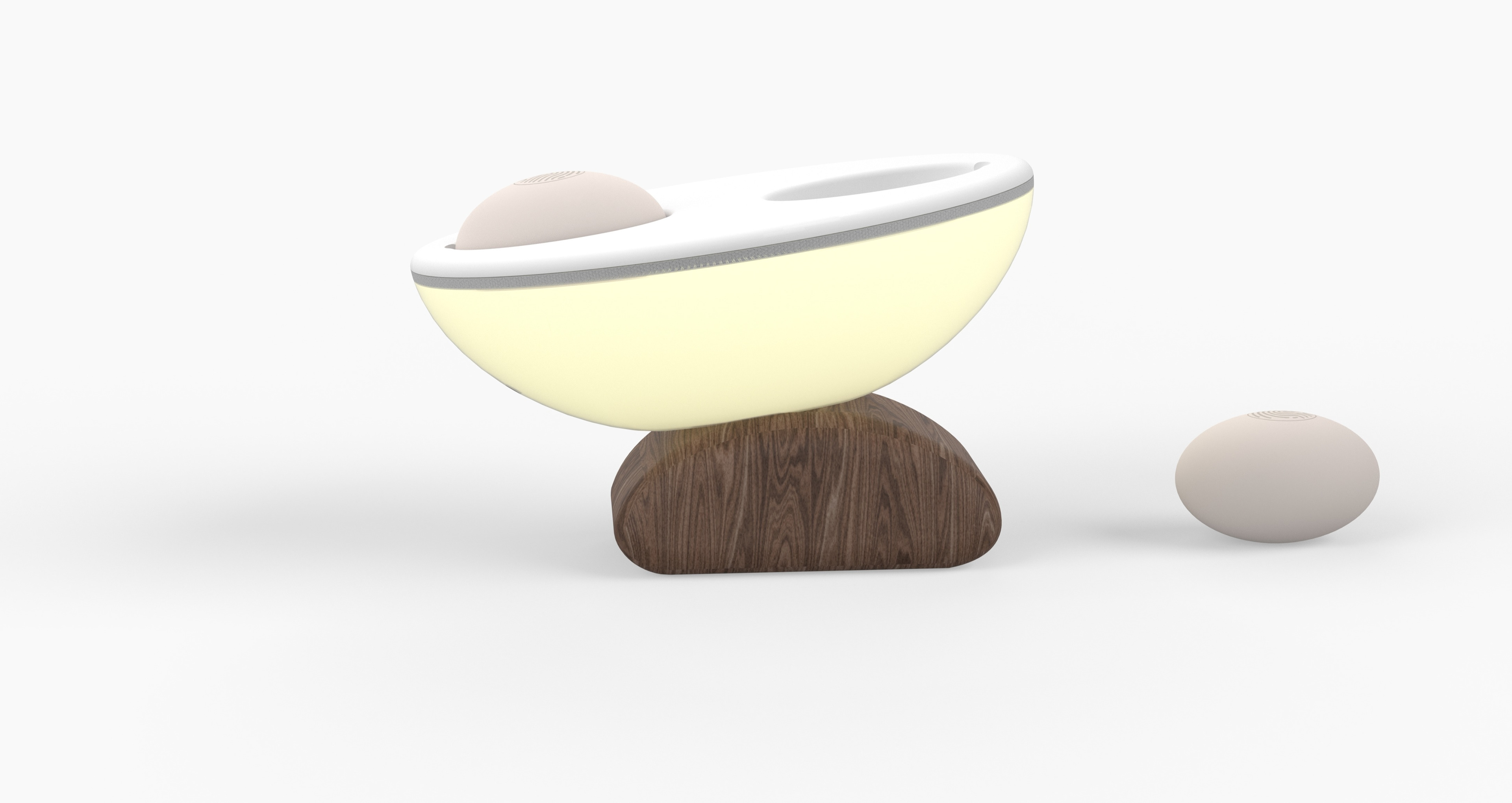
Colour Coding - Each partner has their own specific colour, if they're colour is visible, the product is communicating to the user that they aren' contributing equally.
Social Innovation & our product's projected impact
We considered the context of social innovation. Bypassing formal infrastructures in our country's policy and government, to trigger direct social change between male and female relationships where the couple should hopefully renegotiate their relationship to ensure equality in the unpaid housework they perform. As couples enter into a relationship in the same living environment our product attempts to enable a better lifestyle and way of living through a product and digital experience integrated into their household. Analysing distribution of tasks in the home/outside the home, verses time spent on a professional career or relaxing, our algorithm would provoke correct task distribution.
To create this deep transformation would be to allow for furthered meaningful relationships where women are being treated as equals which results in better mental and physical health, job opportunities, wellbeing in relationship and so on. Ultimately this should enhance female quality of life. Empowering women, remove unfair expectations of the home & lower associated exhaustion which carries into other aspects of female life such as work. Resulting in potential implications upon ambition and women taking on more senior roles where they can strengthen their voices; so that there is equality between gender in these positions, in pay gaps, and within the gender data bias established within society from historic suppression of women.
Group project with 2 other designers (Hannah Legg & Maddie Bowman), involved from start to finish, from discovery, definition, development and delivery of proposal.
